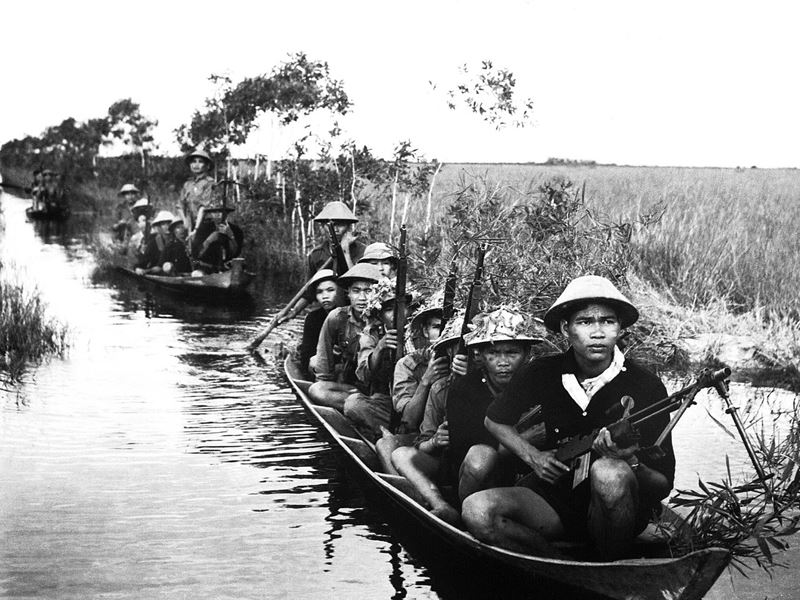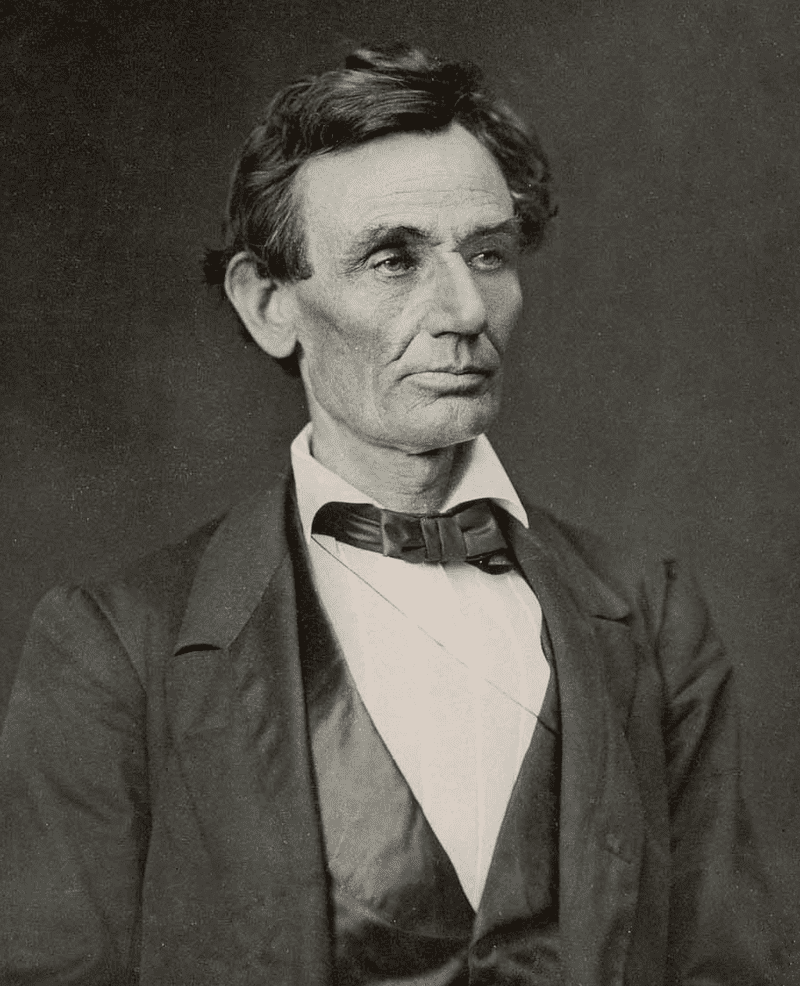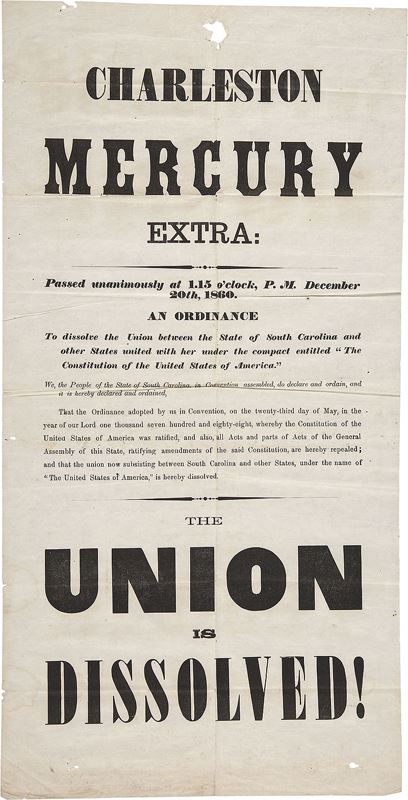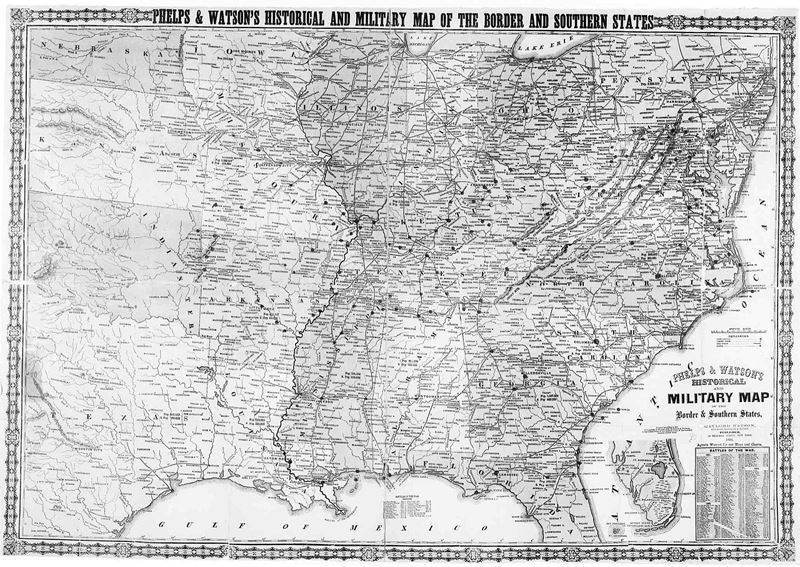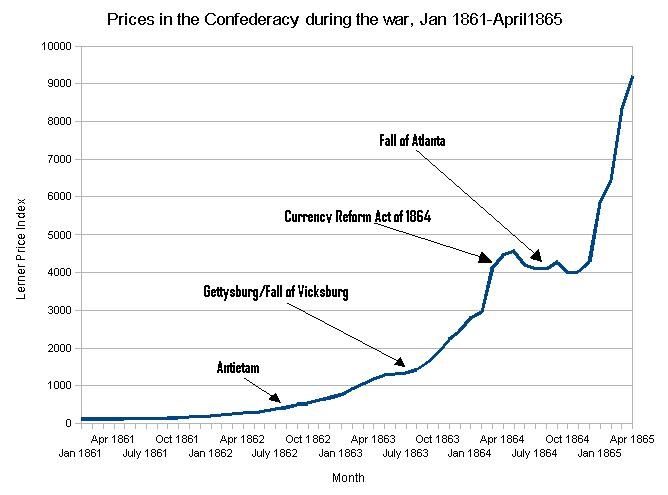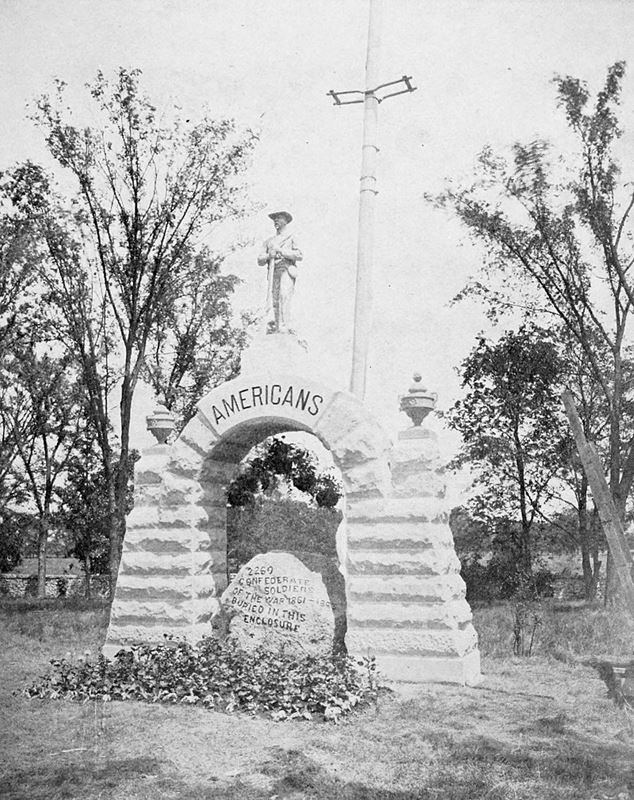Table of Contents
The Viet Cong, also known as the Viet Nam Cong San or English Vietnamese Communists, were a guerrilla group that, with the help of the North Vietnamese Army, battled against South Vietnam (from the late 1950s until 1975) and the United States of America (early 1960s–1973). According to legend, former President of South Vietnam Ngo Dinh Diem was the first person to call the insurgents by that moniker in an attempt to demean them.
Although it didn’t begin as a single organization until the middle of the 1950s, the Viet Cong eventually evolved into the military wing of the National Liberation Front (NLF) in 1960. Prior to that time, it was merely a collection of various groups that were opposed to the government of President Diem (NLF).
The National Liberation Front (NLF) was one of the several organizations that came together in 1969 to create the Provisional Revolutionary Government (PRG) in South Vietnam. This was done in regions of South Vietnam that were controlled by the Viet Cong (PRG). The movement’s primary goals were the toppling of the government of South Vietnam and the reunification of Vietnam.
Origins Of the Viet Cong
The Geneva Accords of 1954 is considered the starting point for the history of the Viet Cong. A key provision of the Accords required all Vietnamese military members to return to their respective home regions in North or South Vietnam. However, many Viet Minh troops and sympathizers stayed in South Vietnam and went into hiding, mostly in rural and outlying locations.
Exactly why they have stayed in the South is up for discussion. Historians disagree on whether or not South Vietnamese communists choose to go to the North. Others argue that they were following instructions from Hanoi, which sought to stifle the South’s growth in order to arm itself for an impending conflict. No of the cause, by 1959, at least 20 separate communist cells were operating in various parts of South Vietnam. Up to three thousand men were confined here.
Viet Cong Organizational Structure
They (the Viet Cong) were a well-oiled military machine. With a central committee, politburo, and secretariat at the top, its organizational structure was modeled after that of the Communist Party of Vietnam. Province, district, and hamlet councils were layered underneath them. The Viet Cong Organization.
The Vietcong were an exceptionally well-prepared and efficient fighting force. It followed the same central committee, politburo, and secretariat organization as the Communist Party of Vietnam. The People’s Liberation Armed Forces (PLAF) was the Viet Cong’s armed force; it consisted of both conventional troops and underground guerrilla fighters. Besides battalions and squads, regular troops included companies and platoons. Each cell of guerrillas consisted of between five and seven soldiers.
The Vietcong was an extremely well-organized army. Those in it were tasked with carrying out commands without inquiry and doing so with great diligence. They had to keep their work a secret as well. The Viet Cong weren’t only a military power; they also had a well-developed intelligence network that monitored the enemy’s whereabouts and actions. Using this information, the military was able to plan attacks and ambushes.
In combat, the Viet Cong proved to be a strong foe. It functioned well both alone and in big groups. It was also adept at adopting guerilla tactics, including ambushes and hit-and-run operations. It was difficult for the enemy to locate the Viet Cong and engage them in combat because of the jungle’s extensive cover.
Liberation Armed Forces (PLAF) was the Viet Cong’s armed force, and it consisted of both regular soldiers and guerilla fighters. The company, Platoon, and Squad were the subunits of the regular troops. The insurgents worked in groups of five to seven people called cells.
When it came to military discipline, the Viet Cong were second to none. The group’s members were tasked with following instructions without inquiry and performing their jobs with a sense of urgency. Also, they had to keep their work under wraps at all times. The Viet Cong were not only powerful militarily, but also had a well-developed intelligence apparatus that monitored the actions of the opposition. These intel reports were used to organize military activities and ambushes.
Defeating the Viet Cong was no easy task. It functioned as well in loose bands as it did in massive armies. Guerrilla techniques like ambushes and hit-and-run assaults were also within its repertoire of expertise. The Viet Cong were able to evade capture by moving stealthily through the bush, making it hard for their enemies to find and attack them.
Begins an Armed Conflict
About halfway through 1957, a small group of terrorists started attacking government facilities and foreigners. This violent operation was dubbed the “extermination of traitors” by communists in South Vietnam. More than 150 people were killed that year, and communist insurgents were blamed for most of them.
The Viet Minh assassinated 17 individuals in Chau Doc in July. In September, the police chief and his whole family were brutally killed. Many establishments, including hotels and cafés, were bombed by militants in Saigon and elsewhere. A number of Americans were hurt in these assaults, and many of the victims were international tourists.
Saigon’s newspapers abbreviated the name of the revolutionary group Viet Nam Cong San to just “Viet Cong” (Vietnamese communists). Between 1958 and 1959, the rebels kept up the bloodshed while strengthening their command structures, increasing their organization, and gaining the support of Moscow.
The North Vietnamese leadership, under pressure from the international community to stop the killing, has insisted that communists in the south are acting autonomously, not on Hanoi’s orders. Yet, by the middle of 1959, it was clear that the North was backing the Viet Cong.
Warfare Steps Up a Gear
The NLF’s terrorism in the South was sanctioned by Hanoi. The number of bombs and other assaults by the NLF tripled from the previous month to October 1961, when there were 230 such incidents. President John F. Kennedy of the United States was alarmed by the escalation and ordered thousands more American military advisers to be sent to South Vietnam over the course of the following six months.
Around 1,500 South Vietnamese (ARVN) forces, aided by American advisers, hunted down 300 Viet Cong at Ap Bac in the Mekong Delta in January 1963, ending one of the most successful Viet Cong operations to that point.
Viet Cong forces were able to inflict massive losses on the ARVN troops as they advanced over rice fields toward the enemy. American helicopters were a huge help for the ARVN, but they were still unable to track down and eliminate the enemy successfully.
Nearly half of the ARVN soldiers who were shot were killed, and three American advisers also perished in the incident. The Viet Cong, in comparison, suffered just 18 casualties.
The Growth of the Viet Cong
The Viet Cong was a tiny group that was hardly recognized outside of Vietnam in the early years of the conflict. However, once the United States got more engaged in the fight, the group expanded swiftly. They had around 5,000 active members by 1965. This figure surpassed 200 thousand by 1968.
Several causes contributed to the expansion of the Viet Cong. In the first place, the level of anti-American feelings among the Vietnamese increased as the United States got more deeply engaged in the conflict. The number of Viet Cong aided by this. Second, as the conflict continued, more and more South Vietnamese troops defected and joined the opposition forces. Third, the popularity grew as individuals in South Vietnam sought refuge from the government’s crackdown.
The Viet Cong’s meteoric rise was a major problem for the South Vietnamese government and the U.S. military. A huge bombing campaign against Viet Cong bases in South Vietnam and Cambodia was launched by the United States in response to this danger. However, the Viet Cong continued to expand both in size and power despite these measures.
Movement Actions
The Viet Cong were a very active faction throughout the Vietnam War, conducting a wide range of attacks against the South Vietnamese government and its supporters. They engaged in acts of guerrilla warfare, ambushes, raids, and sabotage, often aiming at government buildings, transportation hubs, and military sites. The Viet Cong weren’t only a military group; they also did political work, promoting their philosophy and propaganda throughout South Vietnam.
In particular, they successfully enlisted people in rural areas who were unhappy with the government. Many crimes, including the slaughter of innocent villagers who the Viet Cong believed supported the enemy, were committed by the Viet Cong.
The Descending Position in Vietnam
Beginning in the late 1965s and for a variety of different causes, the Viet Cong started to see a drop in their numbers. They were no longer able to maintain an element of surprise, which was one of the reasons.
The United States of America and South Vietnam had significantly improved their ability to counter their strategies, and as a result, the Viet Cong were no longer able to carry out their operations with the same level of efficiency as they had in the past. Because of the brutality of their tactics, they managed to turn away a large number of prospective friends, which was another factor contributing to their demise.
The Viet Cong had a tough time gaining public support because their violent tactics scared off many individuals in South Vietnam who would otherwise have been sympathetic to their cause. Additionally, the increased use of American military power in Vietnam placed pressure on the Viet Cong, making it tougher for them to function. The Viet Cong were reduced to a mere ghost of their former self by the beginning of the 1970s, and the United States and South Vietnamese troops finally won the war against them.
Final Thoughts
To sum up, the Viet Cong were a crucial factor in the Vietnam War, providing the North Vietnamese with a formidable combat force that was up to the task of confronting the United States forces. Although they had some victories, the Viet Cong were eventually defeated and had to sign a peace agreement in 1973. The Viet Cong’s legacy continues on, and it acts as a constant reminder of the resilience and fortitude of the Vietnamese people in the face of unimaginable adversity It is a shining example of the resilience of the human spirit and the need of standing up for one’s convictions, regardless matter how controversial one’s stance may be.

